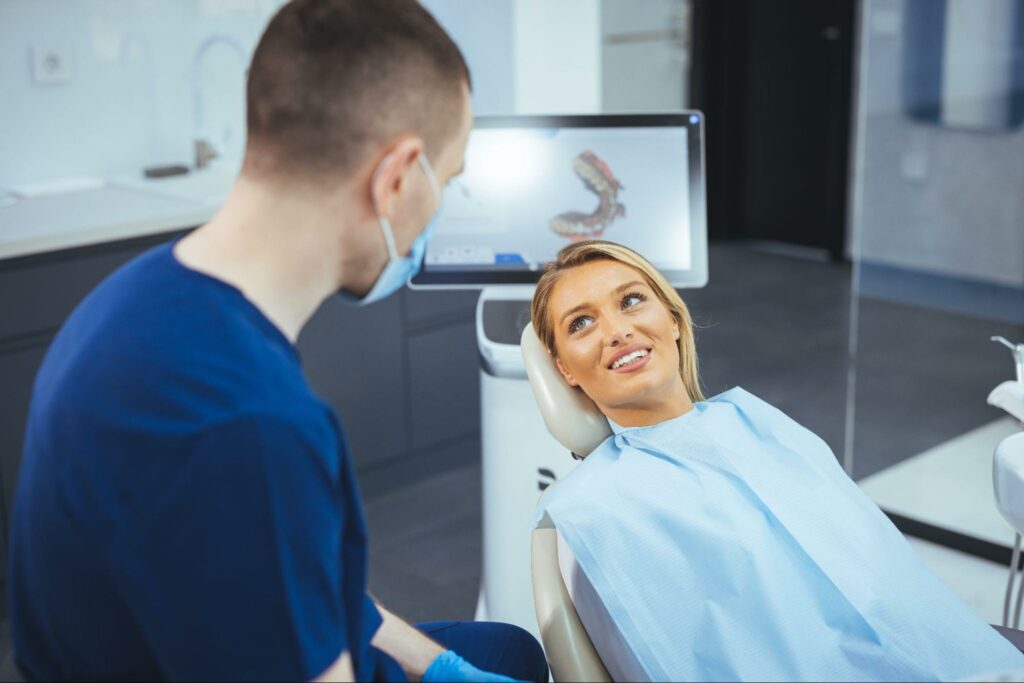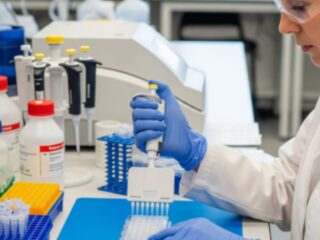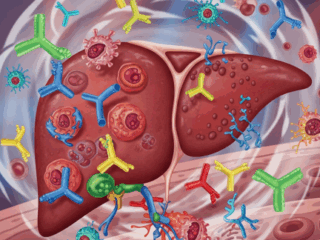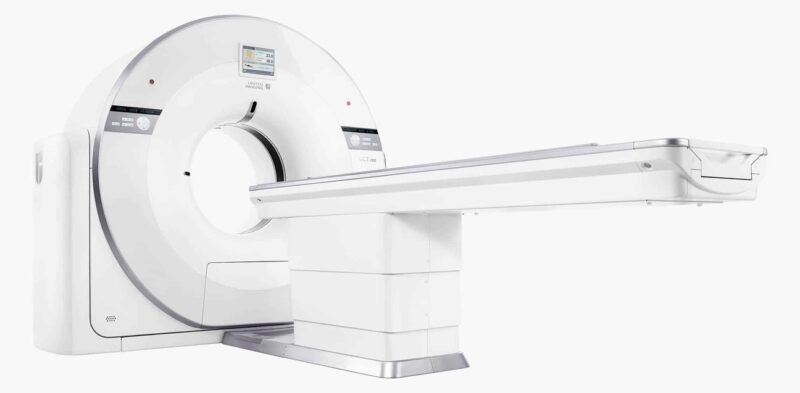
A huge number of people worldwide are apprehensive about visiting dental clinics. According to 2023 Statista data, only 10% of individuals visit the dentist or dental surgeon thrice or more yearly as of 2018. Reasons vary, but the likeliest culprits are instruments like needles and drills and the associated pain and discomfort.
Thankfully, dentistry has experienced several technological advances in the past years. These have made dental treatments— cosmetic, restorative, or preventive—more effective and comfortable.
If you’re wondering how oral health care has changed, you’re on the right page. Read on as we explore new developments in the dental industry.
Personalized Oral Care
Dentistry is moving away from one-size-fits-all approaches. Today, personalized care plans are focused on individual needs, preferences, and risk factors. It ensures that every smile receives the unique attention it deserves. For instance, genetic testing and artificial intelligence are used to identify risks to certain oral issues, not just dental decay.
However, personalized care extends beyond diagnostics. Modern dentistry is about creating a positive experience catering to your specific needs. Dentists from Altima Dental and similar clinics can tailor treatment planning based on your anxiety level and budget. They offer various sedation techniques and financing options to enhance patient experience. Tailored solutions have made maintaining optimal oral health care easier for everyone.
Minimally Invasive Dental Procedures
Dental technology has also enabled minimally invasive dentistry (MID), which prioritizes preserving, which prioritizes preserving natural tooth structure. If the thought of drills sends shivers down your spine, you’re in luck. Methods like air abrasion use a fine stream of particles to remove decay, often eliminating the need for anesthesia and drilling, especially when used alongside a dental dam to isolate the treatment area.
Dental lasers
Dentists can now perform various procedures that dramatically reduce discomfort using concentrated light energy. Lasers offer a gentler alternative to traditional methods, including:
· Removing decay
· Reshaping gums
· Performing root canals
Say goodbye to needles and numbness; these advancements minimize discomfort and promote faster healing times.
Clearer Diagnostic Imaging
The first step to a healthy smile is knowing what’s happening beneath the surface. Modern dentistry has successfully replaced grainy X-rays and uncomfortable bitewings. Digital X-rays and intraoral scanners today provide dentists with crystal-clear, computer-generated images that expose even the tiniest dental health issues. These devices create a digital impression of a patient’s mouth, enabling early detection of problems while reducing radiation exposure.
Cone Beam Computed Tomography (CBCT) takes things further, offering a great view of your entire teeth, jaw, ear, nose, and throat. These advanced systems create a virtual roadmap of your mouth before any procedure—for instance, dental restoration activities like implant placement and surgical processes, including wisdom tooth extraction.
Digital Dentistry
The digital age has arrived in dental offices. We can all say goodbye to gooey, uncomfortable impressions used for crowns and bridges in the future. Digital scanners have slowly taken their place, creating precise 3D models of your teeth with a simple wand scan. This translates into a more comfortable experience and a more accurate fit for your restorations.
Computer-aided design/computer-aided manufacturing (CAD/CAM) technology takes digital dentistry a step further. With CAD/CAM, digital models are used to design and create restorations with incredible precision and efficiency. Imagine walking out of your dentist’s office with a custom-made crown in a single visit.
3D Bioprinting
Thanks to 3D printing, dental professionals can quickly and accurately create crowns, bridges, and even clear aligners. It streamlines the manufacturing process and allows for greater customization, ensuring a perfect fit for each patient.
But there’s more. Researchers are likewise developing techniques that could create living tooth structures, promote regeneration, and eliminate the need for traditional fillings and implants. In short, bioprinting technology has the potential to revolutionize how we treat dental issues.
Regenerative Dentistry
Harnessing stem cells’ regenerative power, researchers are exploring groundbreaking new treatments for everything from gum disease to tooth loss. Instead of root canals, dentists can perform pulp revascularization, which taps stem cells and tissue engineering to trigger root development on a partially developed permanent tooth.

Soon, it wouldn’t be surprising for damaged teeth to be repaired from within, using your body’s natural healing abilities. Regenerative dentistry promises to restore oral health and rejuvenate smiles in ways we never thought possible.
Nanotechnology
Nanotechnology in dentistry uses microparticles to revolutionize everything from restorative procedures to preventive care. Dental professionals use it to enhance traditional dental composites’ aesthetics and strength. It’s also being utilized to improve dental implants, dental anesthetic compounds, and endodontic sealers, among other things.
The Takeaway
Advancements in dental medicine are pushing the boundaries of oral health care. Beyond fancy tools and devices, they tap scientific breakthroughs to promote effective care and treatment methods—without the discomfort.
These technologies and discoveries make personalizing dental care and performing minimally invasive restoration and regenerative approaches a breeze. The result? Better patient outcomes without drastic oral surgeries and procedures. So, embrace these changes, schedule your next dental appointment, and ask about the latest treatments. You’ll be surprised how brighter and healthier your smile becomes after a comfortable and pain-free dental session.












